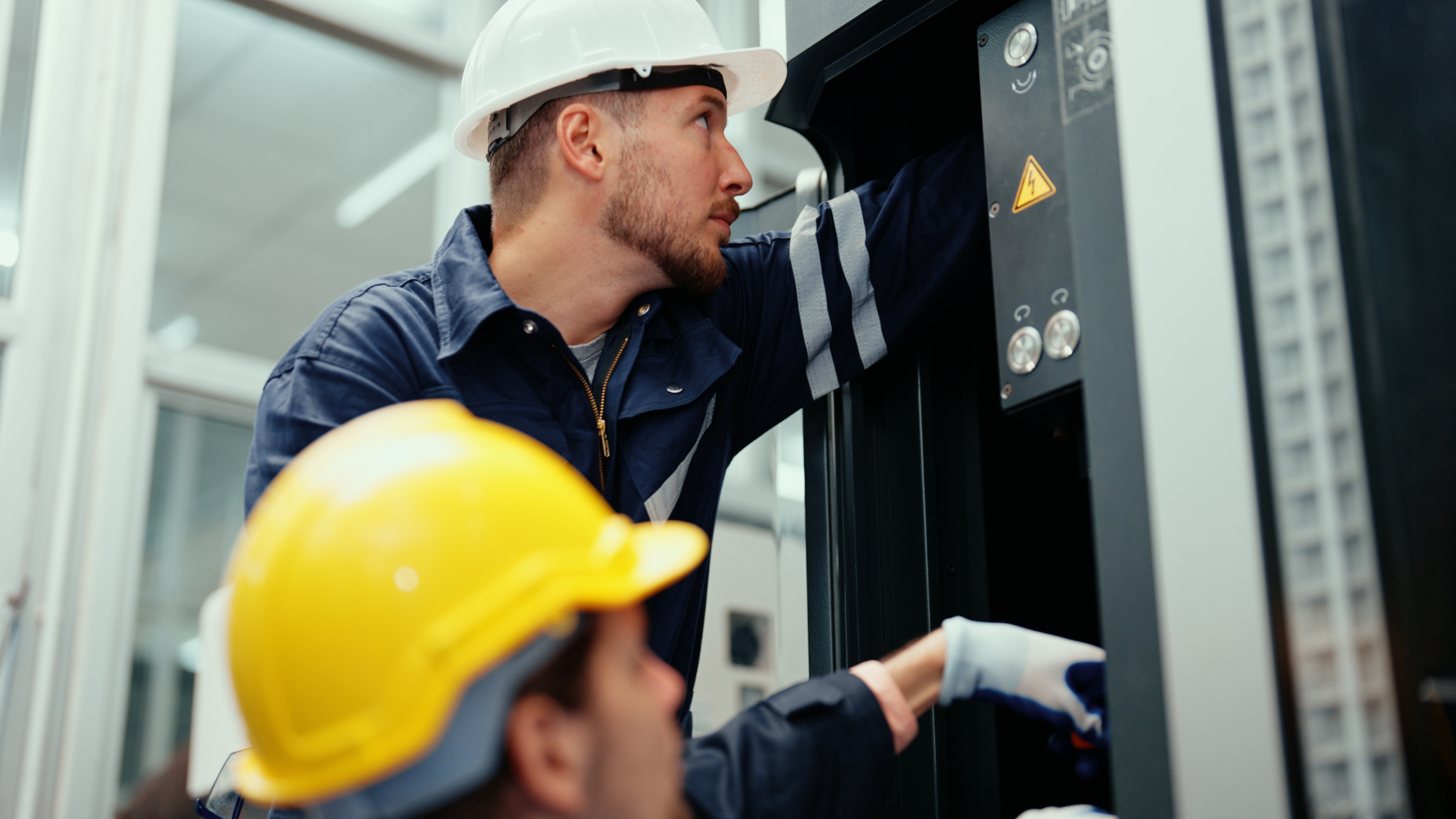A systematic approach to workplace safety and efficiency is helpful on multiple levels. It comes as no surprise, therefore, that there are so many different management approaches out there that seek to achieve these goals.
The 5s system, which is part of the lean manufacturing movement, is one of the most well-known of these management systems. here’s what you need to understand about 5S and how it works.
What the 5S System Signifies
The 5S System originated in Japan after the Second World War, specifically from the country’s automotive industry. Japanese carmakers wanted to find ways to revolutionize their efficiency while also providing better overall safety to their employees, and the result was the original 5S system, which stood for five Japanese-language concepts. However, these concepts are more often known by their English-language counterparts:
- Sort: The first step in the 5S system is to take stock of everything within your manufacturing facility and then sort them into categories. There are two core categories: necessary and unnecessary. If a tool, a piece of machinery, or a piece of equipment isn’t used at least once a week, it’s evaluated as to whether it’s necessary for the workspace. If not, it’s removed from that workspace.
- Set in Order: Everything that remains behind, after being deemed necessary, needs to have a place where it lives on a permanent basis. Locations are selected for the best mix of efficiency and safety, such as ensuring tools are stored in places that are easily accessible and that their storage places are labeled clearly.
- Shine: Worksites need to remain clean and orderly to support high levels of both efficiency and safety. Maintaining tools and equipment carefully so that they work as intended is part of this; another part is to ensure worksites are uncluttered to prevent accidents and injuries.
- Standardize: The next component of the 5S system is integral for continued success. A company’s policies, procedures, and instruction manuals should all be reviewed and updated where necessary to standardize their appearance and format. This makes it easy for anyone looking through this documentation to find what they’re looking for consistently and without confusion.
- Sustain: The last component of the 5S system is to ensure the important work done up to this point can be maintained long-term. Sustain involves creating procedures to monitor and oversee a workplace to ensure that it remains clean, organized, and safe. This also provides opportunities for early detection of issues before they become dangerous or lead to drops in productivity.
The Final Word on the 5S System
Under the 5S system, safety and efficiency are two goals that must be met at all times. This approach aids in companies remaining productive while also meeting their responsibilities to keep their workforce safe while on the job. A clean, uncluttered, and organized workspace, one that has standardized documentation and that’s monitored carefully for issues, is as safe and efficient as possible.
